Framed by a majestic backdrop of jagged mountains, the ancient Buddhist ex-kingdom of Ladakh enthrals with azure skies, beautiful lakes and rich Buddhist culture. Decades of tumult and bloodshed have done little to destroy the tranquility of this isolated retreat; with nature so pure in a land so calm, Ladakh truly is the last paradise on Earth.
To us city dwellers, Ladakh certainly is a stark contrast to frenetic hustle and bustle of home. A natural oasis of calm, Ladakh feels like the perfect reprieve for the stressed urbanite.
And indeed it was.
In the vast emptiness of Ladakh, I never felt more liberated and at ease with myself. In a sense, my week-long trip felt very much like the proverbial eureka moment.
Lamentably, the frigid temperature totally froze my antique camera over, so all pictures are borrowed from the internet. Still, I hope this does not detract from the authenticity of my experience.
Read on and follow me as I recount my travels in Earth’s last paradise!
Day 1: Welcome to paradise – Singapore to Leh, visit to Leh Palace
Getting to Leh, the capital city of the Ladakh region, proved surprisingly convenient – a flight from Singapore to the Indian capital of Delhi took a mere 4 hours, and a domestic flight to Leh lasted just 40 minutes.
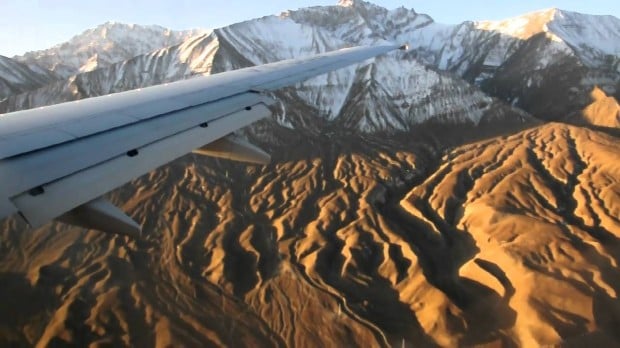
Image credit: youtube
While Kushok Bakula Rimpochee Airport felt underwhelming, the spectacular chain of snow-capped mountains that gradually came into view as the plane descended completely blew me away. Beyond the jagged peaks, paradise beckoned.
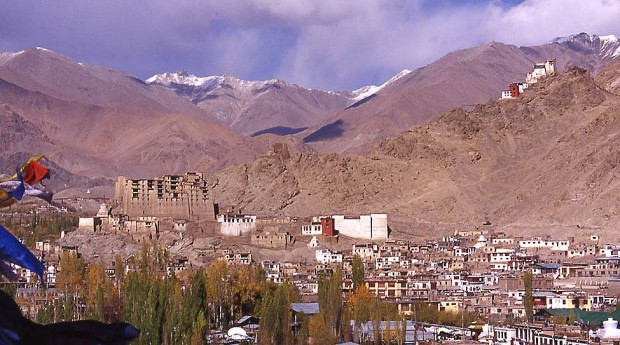 Image credit: myhimalayas
Image credit: myhimalayas
Leh felt like a land lost in time – rustic houses worn with time were clustered across the landscape, and the long-abandoned Leh palace towered over the town like a monument that had since lost its lustre. Even so, the palace still contains a wealth of cultural relics dating back to antiquity, and many of its intricately decorated rooms remain in relatively pristine condition.
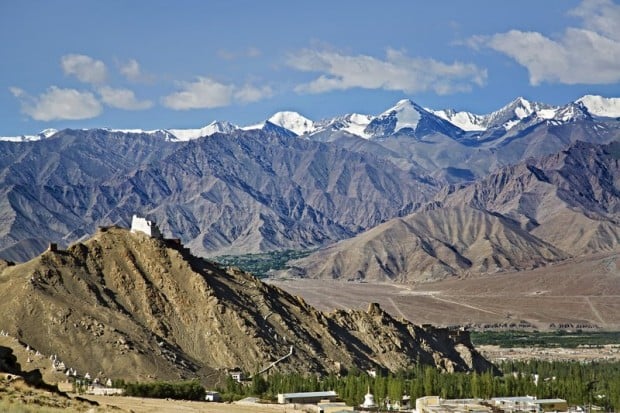 Image credit: travellerspoint
Image credit: travellerspoint
But what truly made my visit to Leh Palace worthwhile were the breathtaking vistas of the locale atop the palace. This close to the heavens, it felt as if the earth and sky were as one, with a ring of mountains binding them together. In Singapore, the sky feels distant with gleaming skyscrapers and towering man-made monuments. But here in Ladakh, all I had to do was reach out with both arms.
Day 2 : Pangong Lake and Tso Moriri
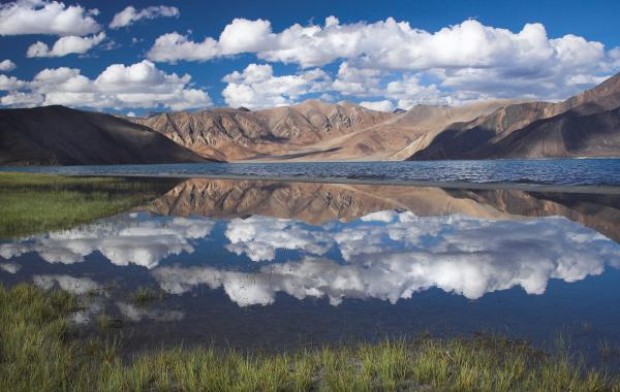 Image credit: hgsitebuilder
Image credit: hgsitebuilder
Besides awe-inspiring mountains and vast plains that stretch beyond the horizon, Ladakh also boasts some of the world’s most beautiful lakes. Any trip to Ladakh would be incomplete without a visit Pangong Lake and Tso Moriri. With crystal-clear waters without any ebb and flow, these tranquil lakes are nature’s grand mirrors which reflect the simple beauty of Ladakh.
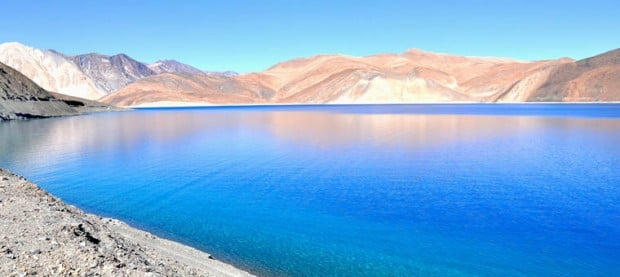 Image credit: shantitravel
Image credit: shantitravel
While Pangong Lake is saline in nature, Tso Moriri is pure freshwater (100% potable). Ladakh’s ubiquitous mountains tower over Pangong, while lush fields of verdant grass surround the clear waters of Tso Moriri.
Yet, the beauty of these boundless lakes belies the harsh truth that water is perpetually in short supply in mountainous and arid Ladakh. Back home, a turn of the tap grants us a free-flowing and steady supply of drinkable water. In contrast, Ladakhis have little choice but to obtain water from simple glacial drips due to the lack of rainfall and access to modern equipment.
Day 3 : Lamayuru Monastery and Spituk Gompa
With an illustrious history of Buddhist influences, it’s little surprise that ancient monasteries and enigmatic gompas are a frequent sight in Ladakh. Most are perched on hilltops or even precarious cliff-faces; a rare few are found on flat ground. Many of these antique monasteries still host monks, and are committed to preserving ancient Buddhist rituals and celebrations such as mask dances.
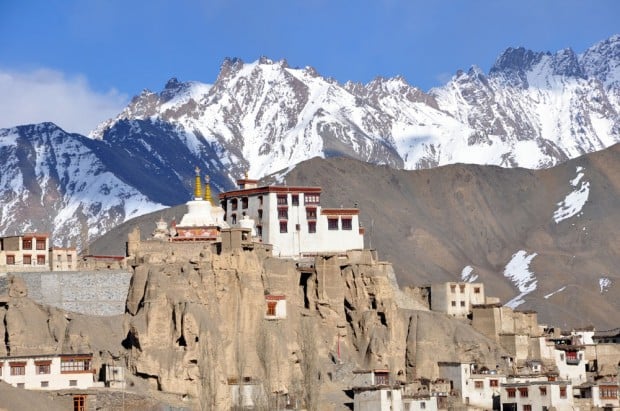 Image credit: lamayuru
Image credit: lamayuru
What makes Lamayuru Monastery stand out is that this was the ideal place for stargazing. With absolutely no light pollution, night skies at the monastery are a dazzling array of cosmic glitter. Additionally, Lamayuru is littered with a collection of bizarre rock formations which make the area resemble a bizarre alien moonscape.
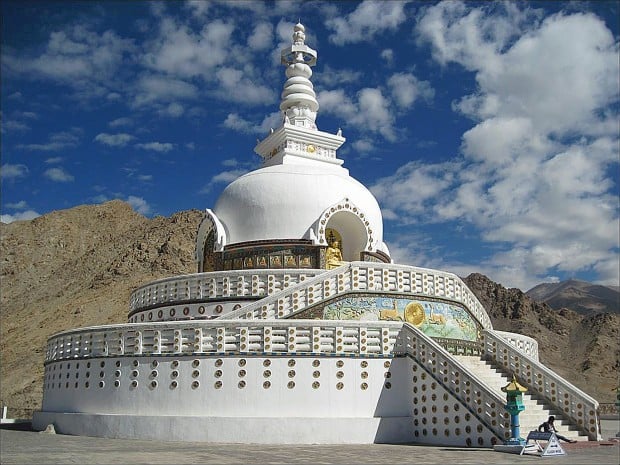 Image credit: ai.standford.edu
Image credit: ai.standford.edu
Spituk Gompa, on the other hand, has a more convoluted history. Originally founded by “red hat” Buddhists, this spiritual monument was eventually taken over by the yellow sect. Spituk Gompa boasts a giant statue of the goddess Kali, and more intriguingly, is home to a bizarre Buddhist relic: Tsongkhapa’s nose bleed.
Day 4 : Khardung La Pass and Nubra Valley
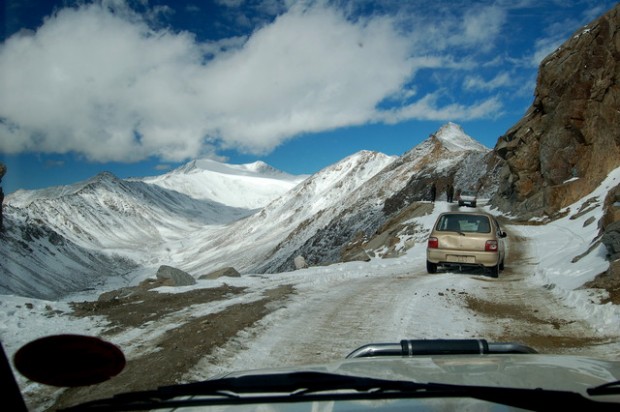 Image credit: kiranc
Image credit: kiranc
If there ever is a literal road to the heavens, it certainly has to be Khardung La Pass in the Nubra Valley, which is thought to be the world’s highest motor-able pass. Driving through Khardung La was a breathtaking, albeit heart-pounding experience; numerous tight turns and a multitude of road hazards like muddy roads and slippery ice make this pass extremely difficult to negotiate.
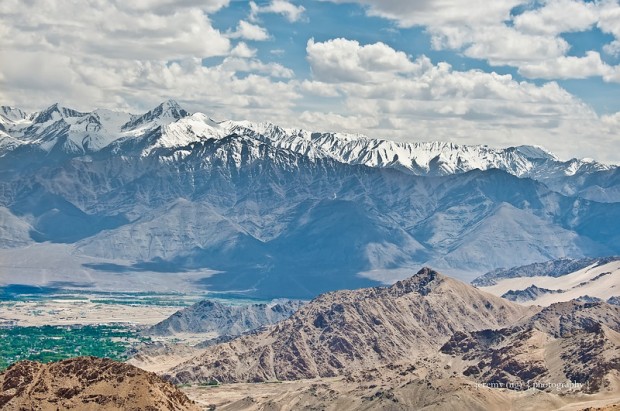 Image credit: Jeremy Ng
Image credit: Jeremy Ng
Ascending the motorway, I cannot help but be awed by the sheer spectacle that greeted me – snow-capped mountains as far as the eyes could see, and the apparent closeness I was to the clear blue sky. It’s hard to imagine that such a tranquil place bears a tumultuous history – India and Pakistan once clashed in the Nubra Valley, earning the place a less-than-desirable reputation as the world’s highest battlefield.
Day 5
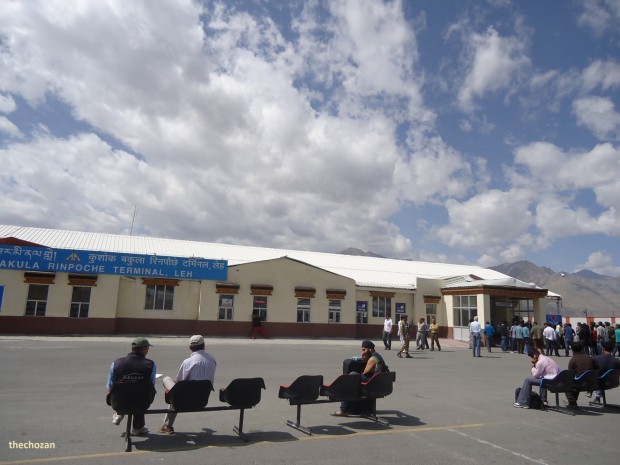 Image credit: thechozan
Image credit: thechozan
It felt like only yesterday that I started my journey in Ladakh, and this tremendously beautiful place has certainly left an indelible impression on me. Boarding the plane bound for Delhi at Leh Airport, I could not help but feel reluctant to leave.
In a world where the new are fervently pursued at the expense of the old, Ladakh felt like a much-needed breath of fresh air. In a sense, this rustic paradise felt like a rare constant in a sea of change.
A land frozen in time, Ladakh truly is Earth’s last paradise.






